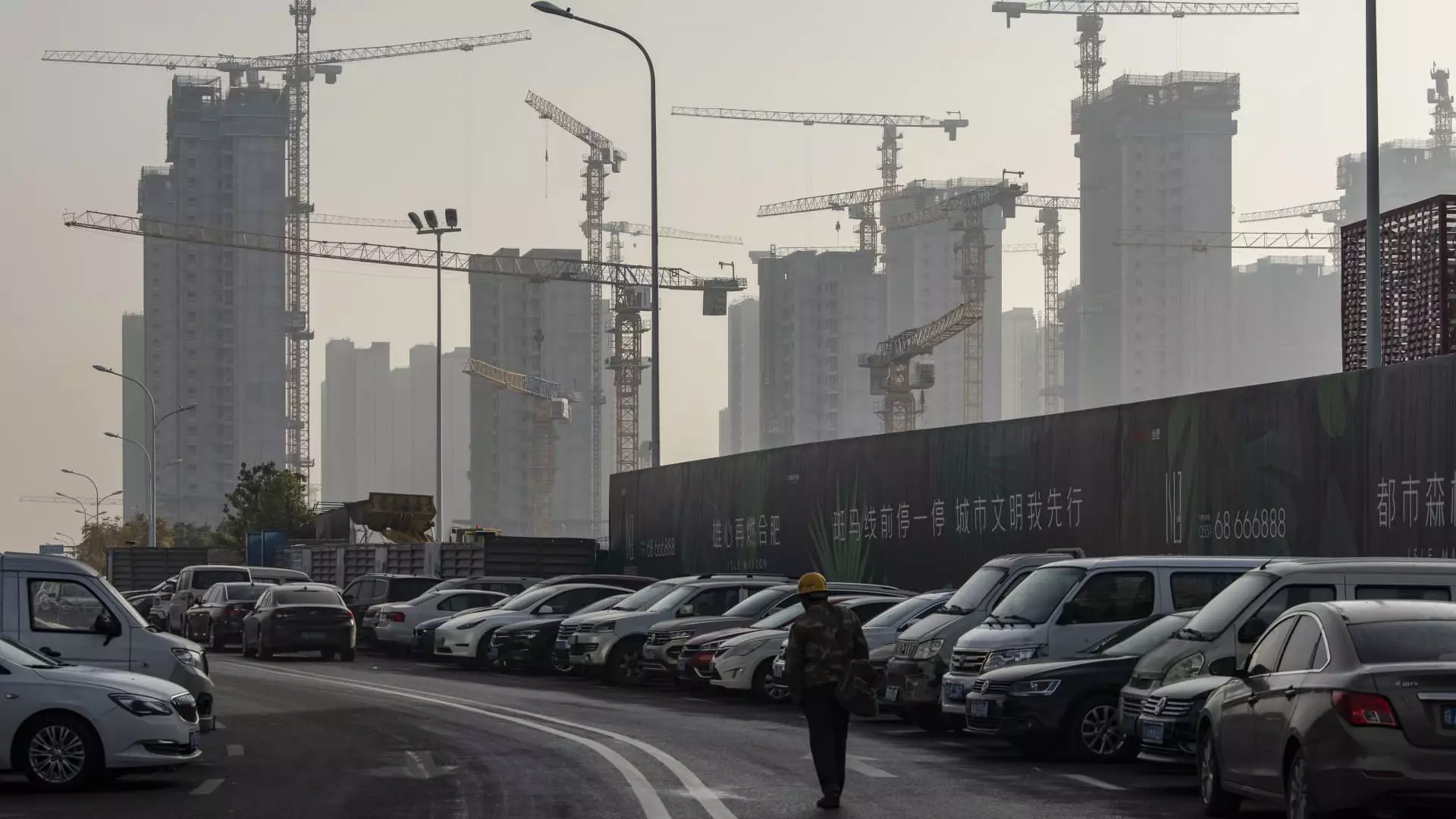China’s real estate sector has been enduring an unprecedented downturn characterized by falling property sales, increasing unsold inventories, and a growing sense of unease among homebuyers. Recent analyses from multiple research firms suggest that the recovery may not materialize until the latter half of 2025, despite the implementation of various stimulus measures. These factors create a complex scenario for both investors and policymakers trying to navigate the market.
In a concerted effort to halt the decline of the real estate market, the Chinese government has introduced several stimulus measures. President Xi Jinping, in a high-level meeting, highlighted the urgency of stabilizing the property sector. Following this, the Finance Ministry proposed additional measures aimed at reinforcing market confidence. Goldman Sachs has echoed this sentiment, stating in their October report that a “comprehensive and coordinated easing package” could signify a turning point for the beleaguered market. The analysts argue that unlike previous measures, which were piecemeal, the current approach is more systematic and potentially impactful.
However, the effectiveness of these measures remains to be seen. Goldman Sachs’s prediction includes an assumption of an additional 8 trillion yuan ($1.12 trillion) in government spending, a figure not yet fully clarified by authorities. Without this level of investment, the risk of extending the downturn increases significantly. Additionally, the Chinese government prioritizes long-term growth strategies focused on advanced manufacturing over immediate real estate bailouts, complicating the landscape further.
The Struggle with Unsold Inventory
One of the critical challenges plaguing the Chinese real estate market is the vast inventory of unsold homes. Analysts estimate that around 20 million pre-sold homes are unfinished, a direct consequence of developers’ reliance on debt-fueled growth models that fell apart when the government clamped down on speculative financing. This poses a dual challenge: it not only dampens consumer sentiment but also creates liquidity crises for developers.
As property sales continue to dwindle—recent statistics indicate a contraction across major cities—homebuyers are becoming increasingly wary of new purchases. The impact of the unsold inventory is felt acutely, with many developers resorting to deep price cuts to entice potential buyers. Such a strategy, however, risks further harming profit margins, resulting in a vicious cycle of declining sales and increasing financial strain on developers.
While hope exists for a market turnaround, expectations remain tempered. Reports from S&P Global Ratings and Morgan Stanley forecast the market will hit its nadir by late 2025. However, they caution that a significant rebound in property sales and new construction would take time. The anticipated drop in property sales figures to as low as 8 trillion yuan by 2025 reinforces the sentiment that while stabilization might occur, a full-fledged recovery could be considerably further off.
Moreover, experts like Edward Chan from S&P Global emphasize that enhancing developer finance and addressing the excess inventory are crucial steps towards eventual recovery. Yet, the lingering uncertainty surrounding government policy execution raises doubts about how effectively these measures can be implemented.
The long-term implications of this downturn signal a shift in how both consumers and developers view the real estate market. Developers are likely to become increasingly cautious about land acquisitions and new projects given the prevailing liquidity crunch and low consumer confidence. This hesitance is evident in the alarming drop—42% in new construction projects since their peak in 2019—illustrating a profound shift in strategy.
As the government continues to unveil plans to stabilize the market, including the recent initiative to allocate funds for state-owned enterprises to purchase unsold completed homes, stakeholders will closely monitor these developments. Nonetheless, experts highlight that even these initiatives may only provide temporary relief, accounting for only 4-6% of the overall housing market.
Although recent government actions herald a new phase for China’s real estate market, significant challenges remain. The transition from crisis to recovery is fraught with uncertainty, and analysts assign varying timelines for stabilization. The fragmented nature of consumer sentiment and the accumulated unsold homes will require concerted efforts to rectify, along with robust fiscal measures. Hence, the trajectory towards recovery is likely to be complex, demanding both patience and strategic foresight from all stakeholders involved.

